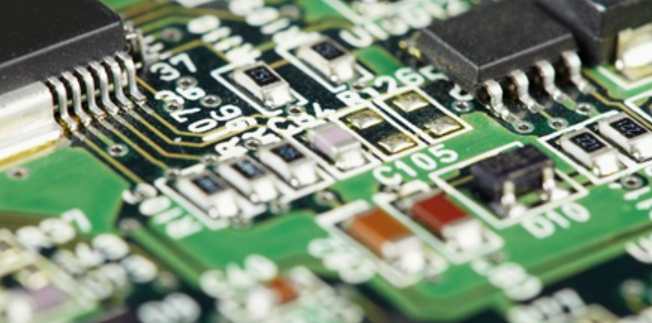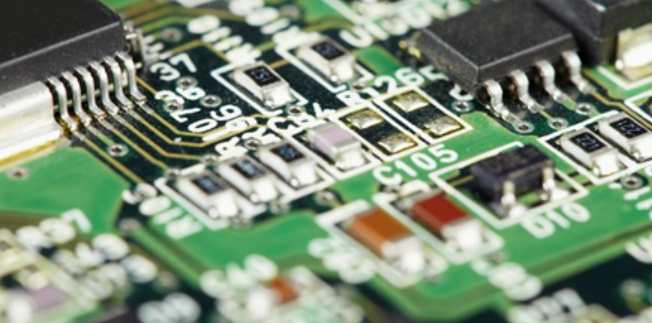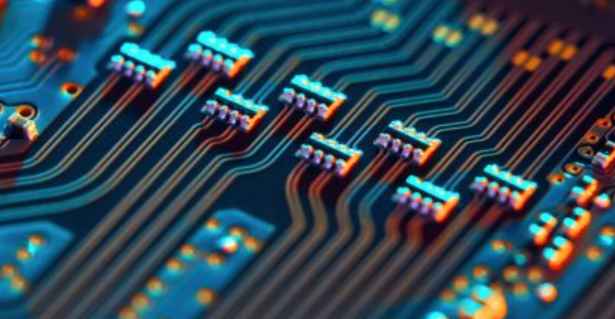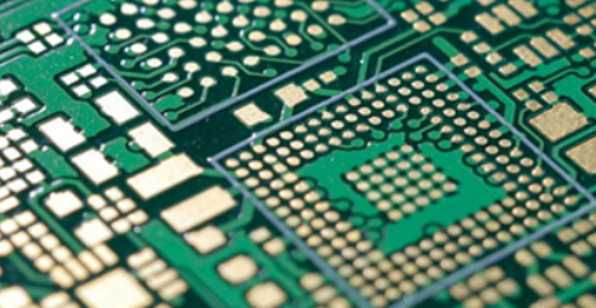
1. The minimum radius of the inner Angle of the flexible contour is 1.6mm. The larger the radius, the higher the reliability and the stronger the tear resistance. A running line close to the edge of the plate can be added to the corner of the shape to prevent the FPC from being torn.
2. The crack or slot on the FPC must end in a round hole with a diameter of not less than 1.5mm. This is also required in the case that two adjacent FPCS need to be moved separately.
3. In order to achieve better flexibility, the bending area should be selected in the area of uniform width, and try to avoid the FPC width change and uneven linear density in the bending area.
4. Stiffener board, also known as stiffener board, is mainly used to obtain external support, including PI,Polyester, glass fiber, polymer material, aluminum sheet, steel sheet, etc. Reasonable design of the position, area and material of the reinforced plate has great effect on avoiding FPC tearing.
5. In the multi-layer FPC design, the air gap stratification design should be carried out for the areas that often need to be bent during the use of the product. Try to use the thin material PI material to increase the softness of the FPC and prevent the FPC from breaking in the repeated bending process.
6. If space permits, double-sided adhesive fixed area should be designed at the connection of the gold finger and connector to prevent the gold finger and connector from falling off in the bending process.
7, in the connection of the FPC and the connector should be designed FPC positioning silk screen line, to prevent the FPC in the assembly process of deflection, insertion is not in place and other bad. Conducive to production inspection.

Due to the particularity of FPC, the following points should be paid attention to when routing cables:
Cabling rules: give priority to ensure smooth signal cabling, take short, straight and less perforated as the principle, try to avoid long, thin and circular cabling, mainly horizontal, vertical and 45 degree lines, avoid arbitrary Angle lines, curved parts of the arc line, the above details are as follows:
1. Cable width: Considering that the cable widths of data cables and power cables are different, the average cable space should be 0.15mm
2. Line distance: according to the current production capacity of most manufacturers, the design line distance (Pitch) is 0.10mm
3. Line edge distance: The distance between the outermost line and the FPC outline is designed to be 0.30mm. The larger the space allows, the better
4. Inner fillet: The minimum inner fillet on the FPC contour is designed as radius R=1.5mm
5. The conductor is perpendicular to the bending direction
6. The wire should pass through the bending area evenly
7. The wire should cover the bending area as far as possible
8. No additional plating metal in the bending area (no plating for the wire in the bending area)
9. Keep the line width consistent
10. Do not overlap the cables on the two panels to form an I shape
11. Minimize the number of layers in the bending area
12. The bending area should not have holes and metallized holes
13. The bending center axis shall be set in the center of the wire. The material coefficient and thickness on both sides of the wire should be consistent as far as possible. This is very important in dynamic bending applications.
14. Horizontal torsion follows the following principles ---- Reduce the bending section to increase flexibility, or partially increase the copper foil area to increase toughness.
15. Vertical plane bending should increase the bending radius and reduce the number of layers in the bending center area
16. For products with EMI requirements, if the high-frequency radiation signal wires such as USB and MIPI are located on the FPC, the conductive silver foil layer should be added on the FPC according to the EMI measurement situation and the conductive silver foil should be grounded to prevent EMI.
With the expansion of the application environment of FPC, the above content will be enriched or not applicable, but as long as the careful design in the work, more thinking and summary, I believe that the design of FPC is not difficult, but also easy to use.
Seven, the design output output light drawing file matters needing attention:
a, need to output the layer of wiring layer (bottom), screen printing layer (including the top screen printing, bottom screen printing), welding resistance layer (bottom welding resistance), drilling layer (bottom), in addition to the generation of drilling file (NC Drill).
B. When setting the Layer of the screen printing layer, do not select Part Type, select the Outline, Text and Line of the top layer (bottom layer) and the screen printing layer.
c. When setting the Layer of each Layer, select the Board Outline; when setting the layer of the screen printing layer, do not select Part Type; select the Outline, Text and Line of the top (bottom) layer and the screen printing layer.
d. When generating the drill file, use the default Settings of the Power PCB and do not change anything.









